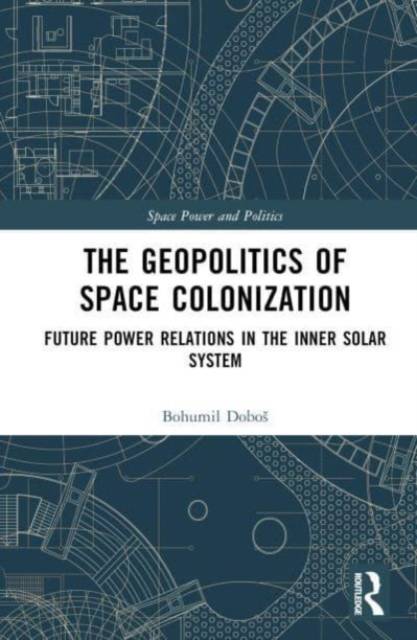
- Afhalen na 1 uur in een winkel met voorraad
- In januari gratis thuislevering in België
- Ruim aanbod met 7 miljoen producten
- Afhalen na 1 uur in een winkel met voorraad
- In januari gratis thuislevering in België
- Ruim aanbod met 7 miljoen producten
The Geopolitics of Space Colonization
Future Power Relations in the Inner Solar System
Bohumil DobosOmschrijving
This book presents a geopolitical analysis of the upcoming human exploration of celestial bodies in the inner solar system by the major space powers.
It utilizes a systemic approach to the analysis of political events in space to develop a comprehensive overview of the factors influencing planned or proposed missions to the selected objects - the Moon, Mars, and asteroids. As a result of this analysis, the book establishes forward-looking scenarios of possible developments to highlight the main fault lines of the upcoming operations beyond the currently most heavily utilized terrestrial orbits. This framework is rooted in a holistic overview of factors relevant to the mid-term settlement and mining efforts and allows us to highlight the main focal points that will determine the future power distribution inside the inner solar system. The methodology is based on the analysis of an interplay of numerous factors deemed crucial for the decision-making of the major space powers and their capacities to promote their interests in a given region. Major space powers are, for the purpose of this book, understood as those actors with a realistic ability to participate in or lead the inner solar system colonization and mining missions in the mid-term future for which scenario-making is the most suitable. Given the realities of space travel, however, smaller actors are also taken into consideration as a part of cooperative efforts which are, nonetheless, dominated by the major players or, alternatively, as possible spoilers of the efforts in several regional settings. The book thus provides an in-depth analysis of the possible futures regarding the nearing competition over the celestial bodies
This book will be of much interest to students of space power and policy, geopolitics, airpower, and International Relations.
Specificaties
Betrokkenen
- Auteur(s):
- Uitgeverij:
Inhoud
- Aantal bladzijden:
- 158
- Taal:
- Engels
- Reeks:
Eigenschappen
- Productcode (EAN):
- 9781032454801
- Verschijningsdatum:
- 21/09/2023
- Uitvoering:
- Hardcover
- Formaat:
- Genaaid
- Afmetingen:
- 156 mm x 234 mm
- Gewicht:
- 412 g

Alleen bij Standaard Boekhandel
Beoordelingen
We publiceren alleen reviews die voldoen aan de voorwaarden voor reviews. Bekijk onze voorwaarden voor reviews.









